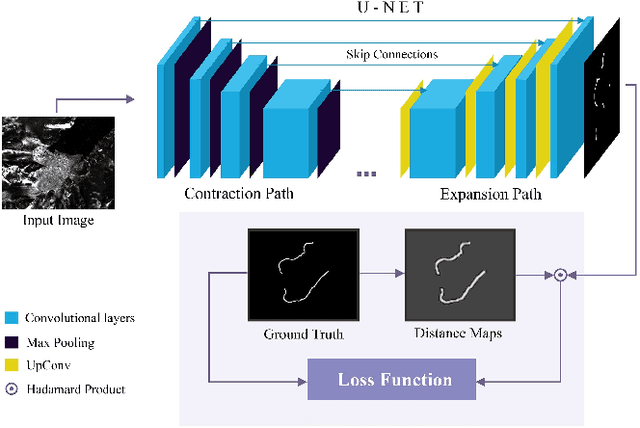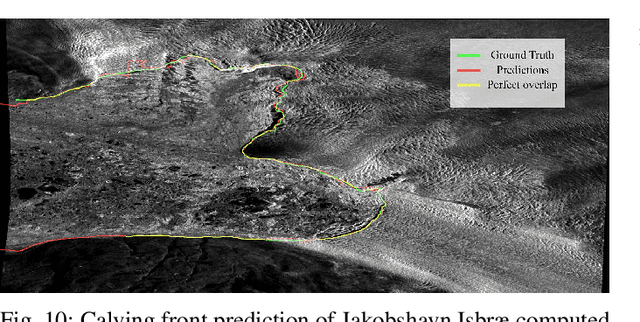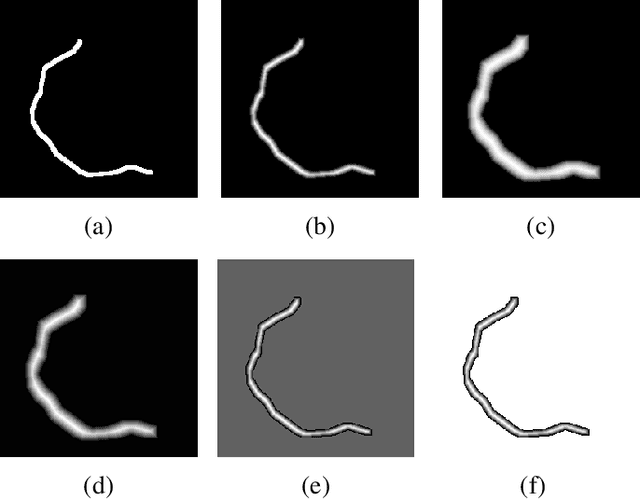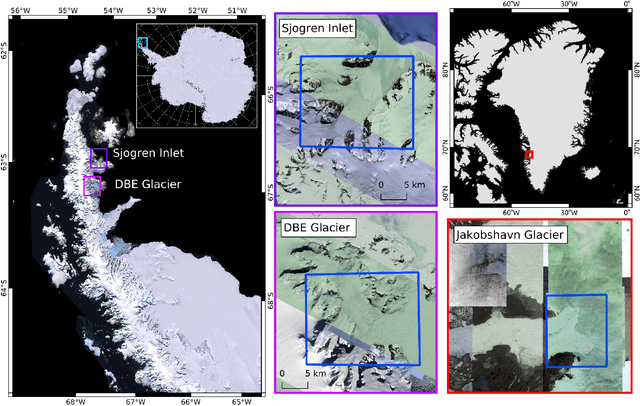On Mathews Correlation Coefficient and Improved Distance Map Loss for Automatic Glacier Calving Front Segmentation in SAR Imagery
Paper and Code
Mar 09, 2021



The vast majority of the outlet glaciers and ice streams of the polar ice sheets end in the ocean. Ice mass loss via calving of the glaciers into the ocean has increased over the last few decades. Information on the temporal variability of the calving front position provides fundamental information on the state of the glacier and ice stream, which can be exploited as calibration and validation data to enhance ice dynamics modeling. To identify the calving front position automatically, deep neural network-based semantic segmentation pipelines can be used to delineate the acquired SAR imagery. However, the extreme class imbalance is highly challenging for the accurate calving front segmentation in these images. Therefore, we propose the use of the Mathews correlation coefficient (MCC) as an early stopping criterion because of its symmetrical properties and its invariance towards class imbalance. Moreover, we propose an improvement to the distance map-based binary cross-entropy (BCE) loss function. The distance map adds context to the loss function about the important regions for segmentation and helps accounting for the imbalanced data. Using Mathews correlation coefficient as early stopping demonstrates an average 15% dice coefficient improvement compared to the commonly used BCE. The modified distance map loss further improves the segmentation performance by another 2%. These results are encouraging as they support the effectiveness of the proposed methods for segmentation problems suffering from extreme class imbalances.
 Add to Chrome
Add to Chrome Add to Firefox
Add to Firefox Add to Edge
Add to Edge